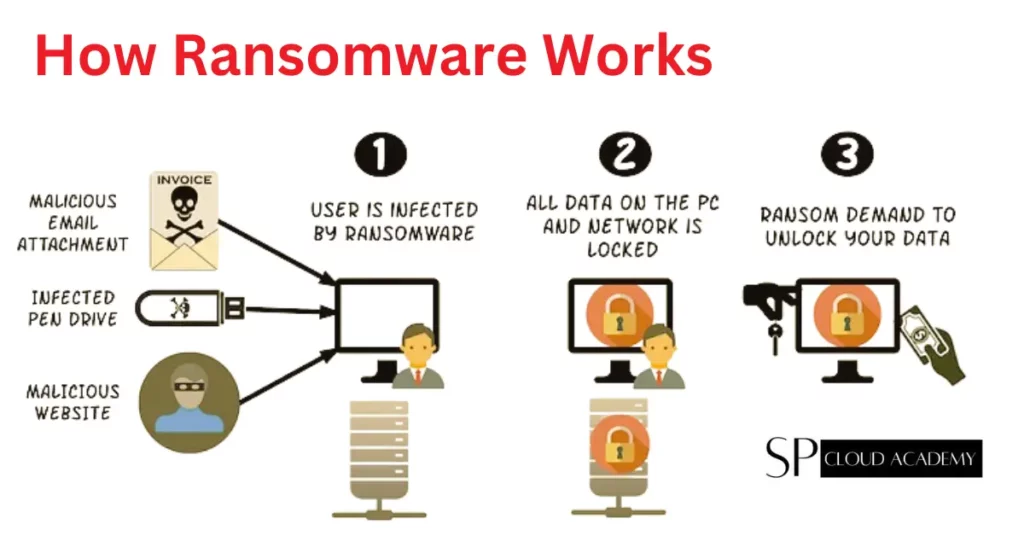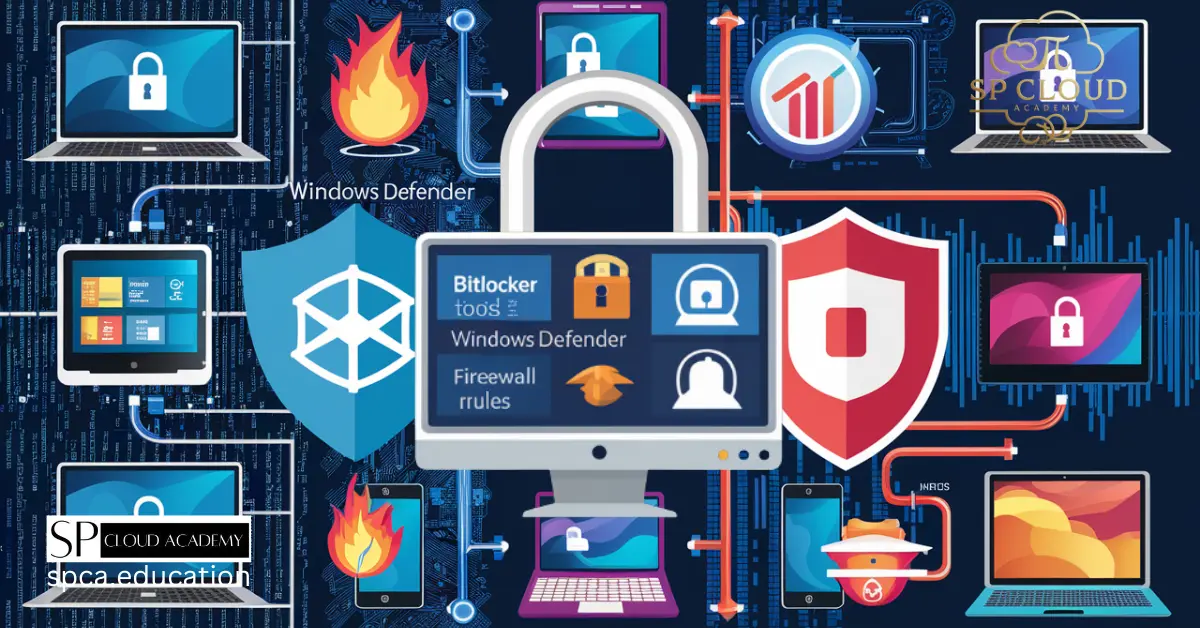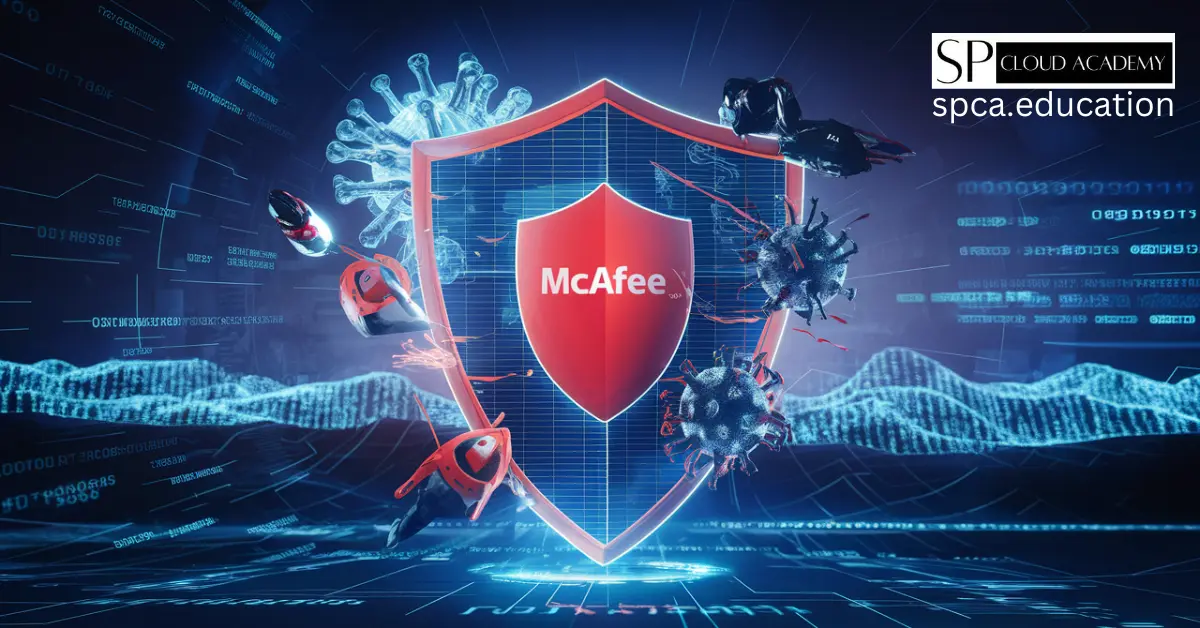In today’s digital age, protecting our valuable digital assets has become more crucial than ever before. With the rise of ransomware attacks, where cybercriminals hold your data hostage until a ransom is paid, implementing effective strategies to safeguard your digital assets has become a top priority. In this blog, we will discuss the various ways to protect yourself against ransomware attacks and ensure the security of your valuable data. Stay tuned to learn the best practices and strategies to keep your digital assets safe from harm.
Understanding the threat: What is ransomware?
As we dive deeper into the topic of protecting your digital assets against ransomware attacks, it is essential to understand the threat we are facing. Ransomware is a type of malicious software designed to gain unauthorized access to your computer systems and encrypt your files. Once your files are locked, the cybercriminals demand a ransom payment in exchange for the decryption key.

Ransomware attacks can happen through various channels such as phishing emails, malicious websites, or infected software downloads. Understanding how ransomware operates and the potential vulnerabilities it exploits is crucial in formulating effective strategies to defend your digital assets.
In the upcoming sections, we will explore different types of ransomware attacks, their common entry points, and the devastating consequences they can have on your organization or personal data. By gaining a comprehensive understanding of ransomware, you will be better equipped to protect your digital assets from this ever-evolving threat. Stay tuned for valuable insights on building a robust defense against ransomware attacks.
The devastating impact of ransomware attacks
Ransomware attacks have the potential to wreak havoc on both individuals and organizations. The consequences of falling victim to a ransomware attack can be devastating, resulting in significant financial losses, reputational damage, and even the loss of critical data.
Financial Losses:
When organizations are unable to access their files and systems due to encryption, their operations grind to a halt. This can lead to substantial financial losses, especially if businesses are unable to provide services or products to their customers. The cost of paying the ransom is also a financial burden that many organizations may face.
Reputational Damage:
The aftermath of a successful ransomware attack can tarnish an organization’s reputation. Customers may lose trust and confidence in a company’s ability to protect their sensitive data, leading them to seek alternative solutions. The loss of customers and potential legal repercussions can have long-lasting effects on an organization’s brand and bottom line.
Loss of Critical Data:
One of the most significant impacts of a ransomware attack is the potential loss of critical data. Whether it’s valuable intellectual property, sensitive customer information, or vital research data, the loss of this data can be disastrous. Without proper backups, organizations may find themselves completely unable to recover their data, leading to severe consequences for their business operations.
In the next section, we will explore effective strategies and precautions you can take to mitigate the risk of falling victim to a ransomware attack. By implementing these measures, you can enhance the security of your digital assets and minimize the potentially devastating impact of ransomware attacks. Stay tuned for actionable steps to safeguard your data and protect your organization’s reputation.
Importance of effective protection strategies
In today’s digital landscape, the threat of ransomware attacks is becoming increasingly sophisticated and prevalent. It is no longer enough to rely solely on reactive measures to protect your digital assets. Organizations and individuals alike need to proactively implement effective protection strategies to safeguard their data and minimize the risk of falling victim to ransomware attacks.
By having robust security measures in place, you can significantly reduce the likelihood of a successful attack and mitigate the potential consequences. Preventive actions such as regularly updating software and operating systems, using strong and unique passwords, and implementing multi-factor authentication can go a long way in fortifying your defenses.
Additionally, having a comprehensive backup and disaster recovery plan is essential. Regularly backing up your data ensures that you have an accessible and up-to-date copy in the event of an attack. This measure not only enables you to recover your data quickly but also eliminates the need to pay the ransom, further mitigating financial losses.
Furthermore, investing in employee education and awareness training is vital. Many ransomware attacks are initiated through phishing emails or malicious links disguised as legitimate communications. By educating employees on how to identify and avoid these threats, you can significantly reduce the risk of successful attacks and protect your organization’s reputation.
In the next section, we will dive deeper into these protection strategies and provide step-by-step guidance on how to implement them effectively. Stay tuned to learn actionable and practical steps to safeguard your digital assets against ransomware attacks.
Implementing a multi-layered security approach
When it comes to protecting your digital assets against ransomware attacks, implementing a multi-layered security approach is crucial. Relying on just one security measure leaves you vulnerable to breaches and potential data loss. By implementing multiple layers of security, you can create a robust defense system that can detect and prevent ransomware attacks effectively.
One of the fundamental layers of a multi-layered security approach is using reliable antivirus software. Make sure to choose a reputable antivirus solution that offers real-time scanning and proactive threat detection capabilities. Regularly update your antivirus software to ensure it can identify the latest ransomware variants.
Another layer of protection is keeping your software and operating systems up to date. Software developers frequently release updates that patch vulnerabilities and security loopholes. By regularly updating your software, you lessen the chance of attackers exploiting these weaknesses to infiltrate your system.
Using a firewall is another critical component of a multi-layered security approach. Firewalls act as a barrier between your network and the internet, monitoring and filtering incoming and outgoing traffic. This helps block malicious attempts and potentially harmful connections, adding an extra layer of protection against ransomware attacks.
Implementing email filtering and web content filtering is also essential. Email filtering identifies and blocks phishing emails and suspicious attachments, which are common methods used to initiate ransomware attacks. Web content filtering, on the other hand, prevents users from accessing malicious websites, further reducing the risk of infection.
Lastly, consider enabling network segmentation and user-access controls. By implementing network segmentation, you divide your network into smaller, isolated subnetworks, ensuring that an attack targeting one segment does not spread to the entire network. User-access controls limit user privileges and prevent unauthorized access to sensitive data, reducing the impact of a potential breach.
In the next section, we will discuss the importance of regular backups and how to create an effective backup strategy to protect your digital assets. Stay tuned to learn more about safeguarding your data against ransomware attacks.
Education and awareness: A crucial component in safeguarding your digital assets
While implementing robust security measures is essential in protecting your digital assets against ransomware attacks, education and awareness play an equally significant role. Without a well-informed and vigilant workforce, even the most advanced security system can be rendered ineffective.
Start by conducting regular training sessions to educate your employees on the risks and consequences of ransomware attacks. Teach them how to identify phishing emails, suspicious attachments, and potentially malicious websites. Encourage them to report any suspicious activities or incidents immediately.
Investing in ongoing cybersecurity awareness programs can also help develop a security-conscious culture within your organization. This can be achieved through newsletters, workshops, or webinars that provide updates on the latest ransomware tactics and techniques. Additionally, share real-life examples of successful ransomware attacks and their impact to emphasize the importance of staying vigilant.
Remember, cybersecurity is not a one-time effort; it requires continuous learning and adaptation. By nurturing a culture of education and awareness, you empower your employees to be active participants in the protection of your digital assets.
In the next section, we will explore the importance of incident response planning and how it can help mitigate the impact of a ransomware attack. Stay tuned to learn more about effectively responding to a ransomware incident and minimizing the damage it can cause to your organization.
Backing up your data: The ultimate defense against ransomware attacks
One of the most effective strategies against ransomware attacks is ensuring that you have a robust data backup system in place. By regularly backing up your data, you create an ultimate defense against ransomware attacks.
In the unfortunate event of a ransomware attack, having a recent and reliable backup of your data allows you to restore your systems and files without having to give in to the ransom demands. This not only saves you from financial losses but also prevents potential reputational damage and operational disruptions.
When implementing a backup system, it is crucial to consider factors such as the frequency of backups, storage locations, and the integrity of the backup files. Regularly test your backups to ensure their functionality and accessibility during an emergency.
In the next section, we will discuss the different types of backup solutions available and how to choose the one that best suits your organization’s needs. Stay tuned to learn more about safeguarding your digital assets through effective data backup strategies.
Keeping your software and systems up to date
One of the key strategies to protect your digital assets against ransomware attacks is to keep your software and systems up to date. Cybercriminals often exploit vulnerabilities in outdated software to gain unauthorized access to your systems. By regularly updating your software, you can mitigate these risks and stay one step ahead of potential attacks.
Make sure to install the latest security patches and updates provided by your software vendors. Enable automatic updates whenever possible to ensure that you don’t miss any critical updates. Additionally, consider using a centralized patch management system to streamline the update process and ensure consistency across all systems.
Remember, updating your software is not a one-time task. It requires ongoing vigilance and a proactive approach to stay protected against emerging threats. In the following section, we will explore other effective strategies to protect your digital assets against ransomware attacks. Stay tuned to learn more about robust cybersecurity practices.
Utilizing advanced threat intelligence tools
In addition to keeping your software up to date, another effective strategy to protect your digital assets against ransomware attacks is to utilize advanced threat intelligence tools. These tools provide real-time insights into the latest cyber threats and enable you to detect and respond to potential attacks promptly.
By leveraging advanced threat intelligence tools, you can proactively identify and analyze emerging threats, understand their behavior, and take proactive measures to mitigate risks. These tools utilize continuously updated threat databases and machine learning algorithms to detect patterns and anomalies that may indicate a ransomware attack.
Consider implementing a comprehensive threat intelligence solution that integrates with your existing security infrastructure. This will allow you to centralize threat data, automate threat detection and response, and enhance your overall cybersecurity posture.
Stay tuned for the next blog section where we will discuss the importance of employee education in protecting against ransomware attacks.
Conclusion: Staying one step ahead of ransomware attacks
Protecting your digital assets against ransomware attacks requires a multi-layered approach. From keeping your software up to date to utilizing advanced threat intelligence tools, you have learned valuable strategies to enhance your cybersecurity posture.
However, it is important to remember that cybercriminals are constantly evolving their tactics. To stay one step ahead, it is crucial to invest in employee education. Your employees are your first line of defense against ransomware attacks, and providing them with the knowledge and skills necessary to identify and prevent attacks is essential.
Consider conducting regular training sessions that cover topics such as phishing awareness, safe browsing habits, and proper password management. Encourage your employees to report suspicious emails or activities promptly.
By implementing these strategies and empowering your employees, you can create a strong defense against ransomware attacks and safeguard your valuable digital assets.
See Also
https://spca.education/category/security/
https://en.wikipedia.org/wiki/Ransomware
-

Top 10 Best Patch Management Software for 2025: Features, Pricing, and Expert Picks!
-

The Ultimate Guide to Securing Your System with BitLocker, Windows Defender, and Firewall Rules
-

Stay Secure Anytime, Anywhere: Remote Monitoring with IP-Based CCTV and Cloud Integration
-

Unlocking the Dark Web: A Deep Dive into All Types of Cyber Threats
-

How McAfee Total Protection Shields You from Cyber Threats
-

How to Set Up and Use Google Password Manager for Enhanced Security
